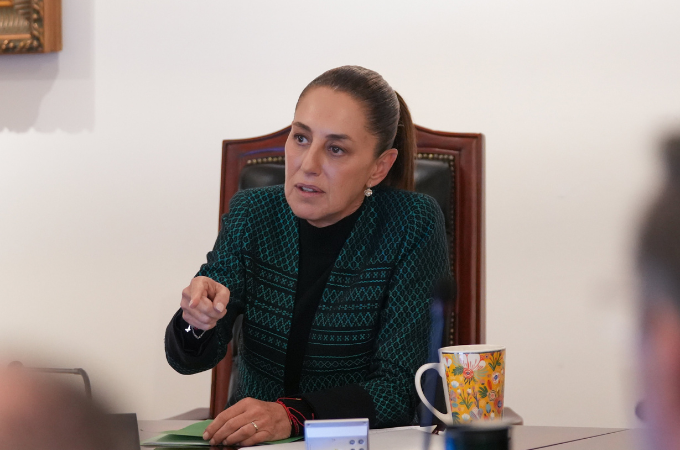Mexico City – The Mexican government will build a supercomputer with a processing capacity seven times greater than the current most powerful computer in Latin America, officials responsible for the project said Wednesday.
The United States currently leads the field but Europe and Japan also have models in the top 10, according to an industry ranking of high-performance computing.
A petaflop equals 1,000 trillion calculations per second, a number expressed as 10 to the power of 15.
Pegaso, a privately-owned Brazilian computer, is currently rated the most powerful in Latin America with 42 petaflops.
Coatlicue será la supercomputadora pública mexicana más poderosa de América Latina; sólo imaginen 375 mil computadoras procesando datos al mismo tiempo.
Lo lograremos en 24 meses para fortalecer la capacidad nacional tecnológica en áreas de alto impacto económico. Es un paso… pic.twitter.com/I6TAGuEqCw
— Claudia Sheinbaum Pardo (@Claudiashein) November 26, 2025
Construction of Coatlicue will begin in January and last 24 months for a total cost of six billion pesos ($326.6 million), Jose Merino, director of Mexico’s Digital Transformation Agency, said.
He added that the main uses of the supercomputer will be solving public issues requiring high computing capacity, such as climate prediction, crop planting and harvesting planning, and water, oil, and energy projects.
It will also be used in scientific research and support for entrepreneurial projects, among other purposes, he added.
Mexico’s model will be no match for the world’s most powerful computers, dubbed exascale computers, led by El Capitan.
Operated by the Lawrence Livermore National Laboratory in the United States, El Capitan has a processing capacity of 1.809 exaflops or quintillions (10 to the power of 18) of calculations per second.
Europe recently unveiled a rival, Jupiter, housed in western Germany, also able to perform at least one quintillion calculations per second, which is equivalent to about a million smartphones.
🇲🇽📡 Mexico’s supercomputer “COATLICUE” will be seven times larger than the biggest one in Latin America.
It will be publicly owned, with all data kept exclusively under Mexican sovereignty, and is expected to be completed in two years. https://t.co/ywPpLEPPKA pic.twitter.com/ZGQjoZYmwW
— Samuel 🇲🇽 (@resisres) November 26, 2025
Follow African Insider on Facebook, X and Instagram
Picture: X/@resisres
For more African news, visit Africaninsider.com
Source: AFP


